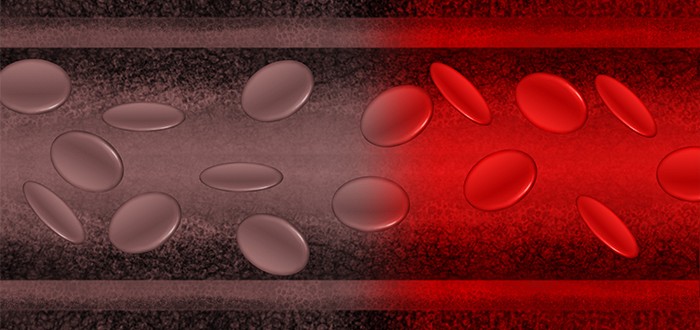Computers aren’t the only things that can be hacked by people who know what they’re doing. It turns out that mesothelioma and every other cancer cell type can also be hacked.
In this case, the people who know what they’re doing are researchers from the Mayo Clinic in Florida. They figured out a way to hack the code of cancer cells, like mesothelioma, in order to reprogram them.
Reprogramming causes the cancer cells to turn them back into normal healthy cells. This is possible because it turns out that mesothelioma and all other cancer cells have a computer-like code that can be manipulated.
The Mayo Clinic researchers talk about this astonishing fact — only recently discovered — in the journal Nature Cell Biology.
Manipulating the Software Code of Mesothelioma
The software code of cancer cells was something the researchers stumbled upon while investigating adhesion proteins. Adhesion proteins are what hold cells together, much like mortar and bricks.
But adhesion proteins aren’t simply inert bonding agents. They are active and work in tandem with other proteins to manufacture another type of needed protein called microRNAs.
The researchers investigated two of these adhesion proteins — E-cadherin and p120 catenin. Both are necessary for biological activities that keep cells healthy.
However, as the researchers note in their article, both E-cadherin and p120 catenin can, under the right circumstances, instruct cells to turn cancerous.
In the course of the investigation, the researchers found “junctional complexes in non-transformed polarized epithelial cells.” One of these complexes suppresses cell growth.
The suppression occurs at the “apical zonula adherens, defined by the p120 partner PLEKHA7 and a non-nuclear subset of the core microprocessor components DROSHA and DGCR8.”
The other junctional complex does the opposite. It encourages cell growth. This occurs at “basolateral areas of cell-cell contact containing tyrosine-phosphorylated p120 and active Src.”
The researchers indicate that the DROSHA and DGCR8 connection to the apical zonula adherens requires there to be PLEKHA7 present in order for these suppression and growth activities to occur.
“The PLEKHA7-microprocessor complex co-precipitates with primary microRNAs and possesses pri-microRNA processing activity,” they wrote.
“PLEKHA7 regulates the levels of select microRNAs, in particular processing of miR-30b, to suppress expression of cell transforming markers promoted by the basolateral complex, including SNAI1, MYC and CCND1.”
Molecules Act Like Computer Chips
In plain English, what that all means is the microRNAs act like computer chips. They control the health or mutation of cells.
The programming inside these “chips” allows normal cells to become cancerous if the adhesion proteins E-cadherin and p120 catenin are disrupted.
The investigators wondered what would happen if the disrupted E-cadherin and p120 catenin were restored to normal levels. So they did some experiments in the lab.
They discovered that normalizing the E-cadherin and p120 catenin reprogrammed the miRNA chips. Once reprogrammed, the chips sent out code commands to the mutated cells.
The mutated cells responded to those commands by turning back into healthy cells.
The researchers concluded that the key to all this is the p120 catenin partner molecule, PLEKHA7. If PLEKHA7 remains intact, everything stays good. If not, everything goes sour.
The researchers are quick to point out that their findings will require a great deal of further study before cell-code hacking of this sort becomes a viable form of cancer — and mesothelioma — treatment.
Even so, the researchers cannot hide their excitement. They believe they may be onto something truly big here.


